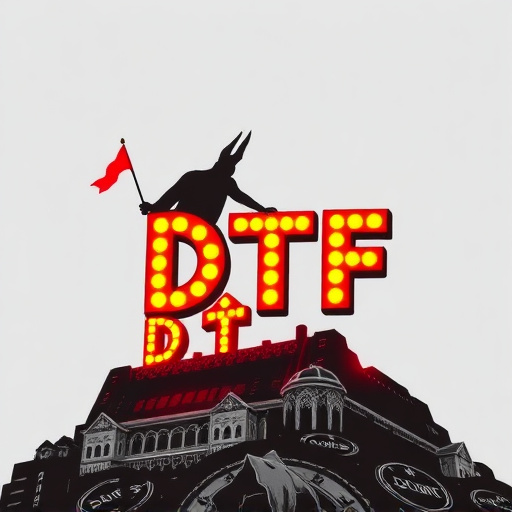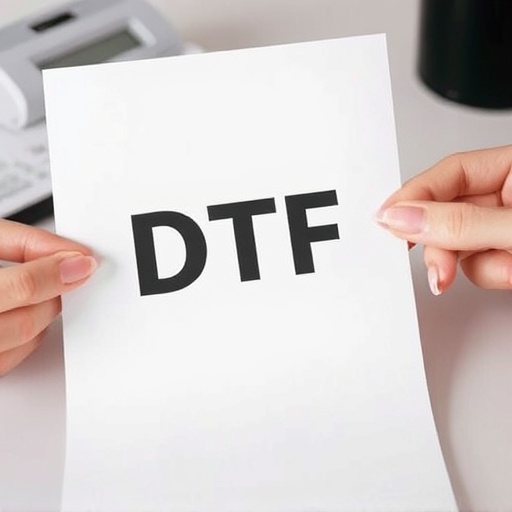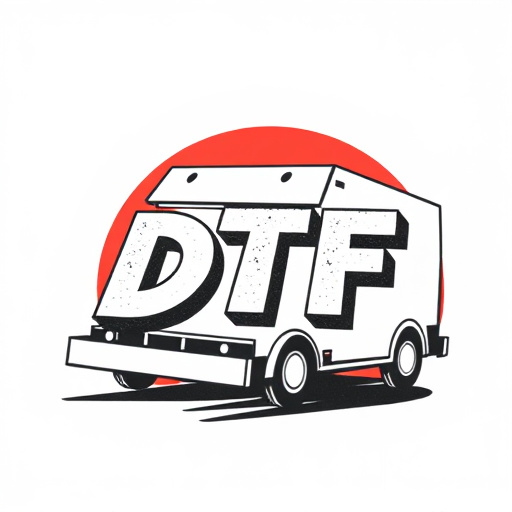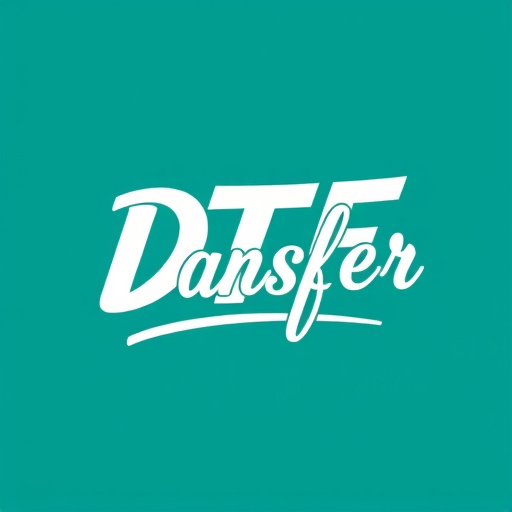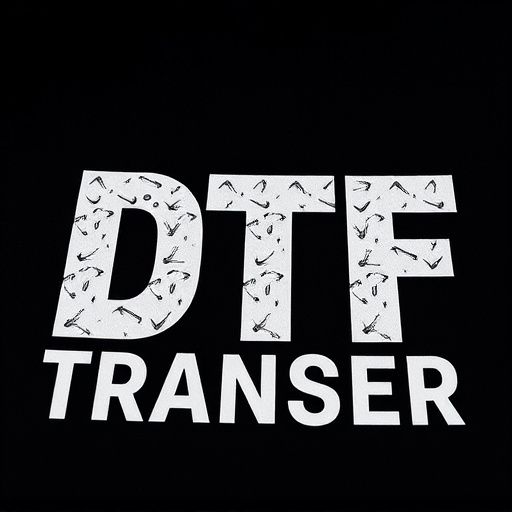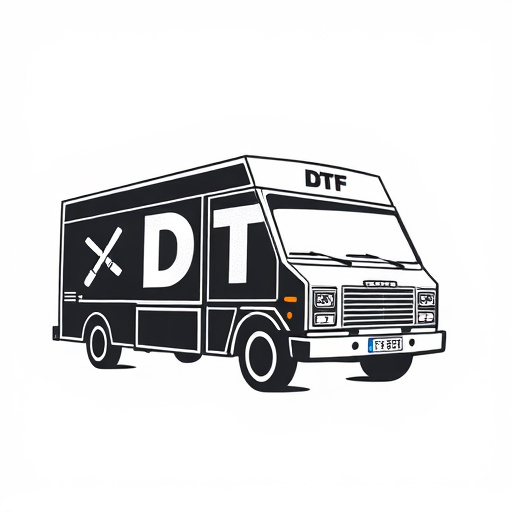Direct-to-Film (DTF) transfer is a cutting-edge process converting digital creations into high-quality physical prints on film stock, appealing to art enthusiasts and collectors. The growing DTF market offers diverse services for businesses and individuals, with key players like 3M, Xerox, and HP providing specialized films. Quality assessment factors include resolution, dynamic range, color accuracy, and noise reduction, ensuring optimal image results. DTF solutions range from intuitive platforms to advanced options catering to varying user needs and expertise levels. Embracing a "Determined, Tenacious, and Flexible" (DTF) mindset fosters resilience in navigating life's challenges, revolutionizing one's approach to success in a dynamic world.
“In the realm of film preservation and restoration, Direct-to-Film (DTF) transfer has emerged as a revolutionary process. This article delves into the world of DTF, offering a comprehensive evaluation of various providers and products. From understanding the fundamentals and benefits to navigating the market landscape, we explore key aspects such as image quality, user experience, pricing, and expert opinions. By considering these factors, folks can make informed choices when selecting the best DTF solution for their needs.”
- Understanding Direct-to-Film (DTF) Transfer: Benefits and Basics
- Market Overview: Popular DTF Providers and Their Offerings
- Quality Assessment: Factors to Consider for Optimal Image Results
- Ease of Use: User Experience with Different DTF Solutions
- Cost Analysis: Budget-Friendly Options vs. High-End Services
- Expert Reviews and Customer Feedback: Making an Informed Decision
Understanding Direct-to-Film (DTF) Transfer: Benefits and Basics
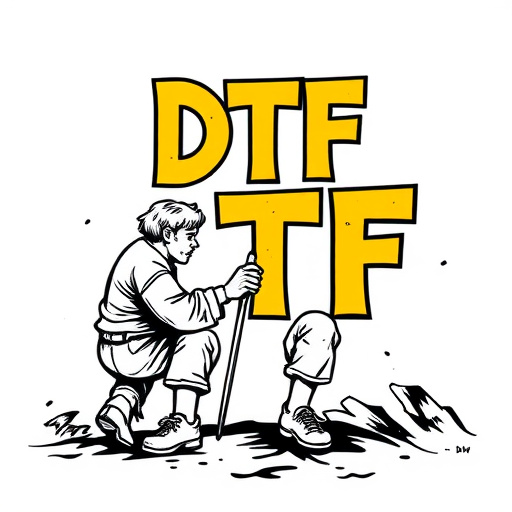
Direct-to-Film (DTF) Transfer is a cutting-edge process that allows artists, designers, and creators to bring their digital art directly onto physical film stock. This innovative technique offers numerous advantages over traditional printing methods. One of its key benefits is the ability to produce high-quality, unique prints with a distinct aesthetic appeal. DTF enables individuals to transform their digital creations into tangible, one-of-a-kind pieces of art, appealing to collectors and enthusiasts alike.
The process involves specialized printers that lay down ink directly onto the film, replicating the digital image with precision. This method ensures vibrant colors, sharp details, and a diverse range of effects, from subtle gradients to bold, intense hues. Moreover, DTF transfer provides flexibility in terms of format; artists can print on various types of film, offering options for different artistic visions and applications, whether it’s fine art, photography, or even animation.
Market Overview: Popular DTF Providers and Their Offerings
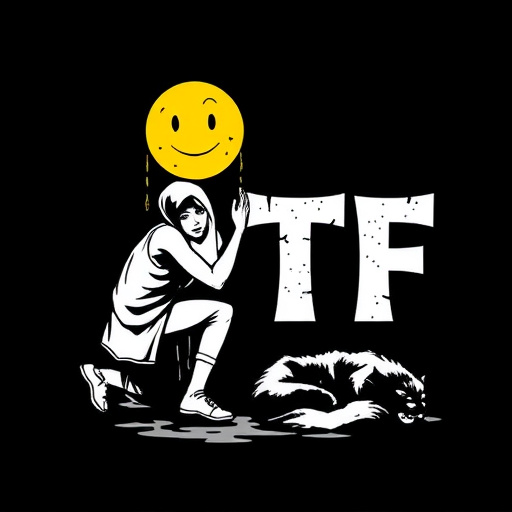
The direct-to-film (DTF) market has seen significant growth, driven by advancements in technology and increasing demand for high-quality, on-demand printing solutions. This sector offers a range of services that enable businesses and individuals to transfer their digital designs directly onto various film materials, catering to diverse applications from signage and display advertising to special effects and cinematic productions.
Popular DTF providers include industry giants like 3M with its Scotchprint Film series, offering versatile options for indoor and outdoor use. Other notable players such as Xerox and HP contribute with specialized films designed for specific purposes, ensuring top-tier quality and performance. These companies continuously innovate to meet the evolving needs of their customers, keeping pace with the rapid advancements in digital printing technology.
Quality Assessment: Factors to Consider for Optimal Image Results
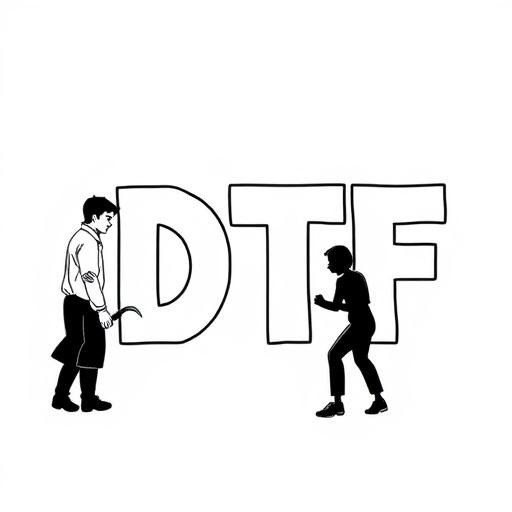
When evaluating direct-to-film (DTF) transfer services and products, quality assessment is a crucial step in achieving optimal image results. Several factors come into play here. First, resolution plays a significant role; higher resolutions ensure sharper and more detailed images, especially when transferring from lower-quality sources like old films or videos. The dynamic range of the product also matters; this refers to the contrast between the brightest and darkest parts of an image, which directly impacts how well details in shadows and highlights are preserved.
Color accuracy is another critical aspect. Different DTF services may use varying color spaces and profiles, leading to potential shifts or distortions in colors. It’s essential to consider the provider’s capabilities in maintaining the original color integrity, particularly for films known for their distinct visual aesthetics. Additionally, noise reduction techniques used during the transfer process can affect image quality; over-aggressive noise reduction might inadvertently smoothen or blur fine details. Thus, a balance between preserving noise and enhancing clarity is ideal.
Ease of Use: User Experience with Different DTF Solutions
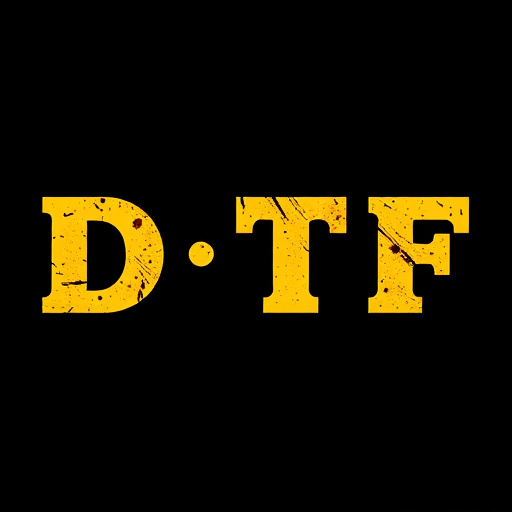
Direct-to-film (DTF) solutions have evolved significantly, offering various options for users with diverse needs. When evaluating ease of use, it’s evident that some DTF providers excel in creating intuitive user experiences, while others might require more technical prowess to navigate. Users often appreciate platforms with straightforward interfaces, making the process of transferring content to film as simple as dragging and dropping files. This hands-off approach appeals to many, especially those without a tech background.
However, complexity can arise when dealing with advanced features or specialized requirements. Some DTF tools cater to professionals who need granular control over every aspect of the transfer process, which might involve intricate settings and parameters. While this level of customization is valuable for specific projects, it could be overwhelming for casual users. Therefore, a balanced approach, offering both simplicity and advanced options, seems ideal for ensuring a positive user experience across different DTF solutions.
Cost Analysis: Budget-Friendly Options vs. High-End Services
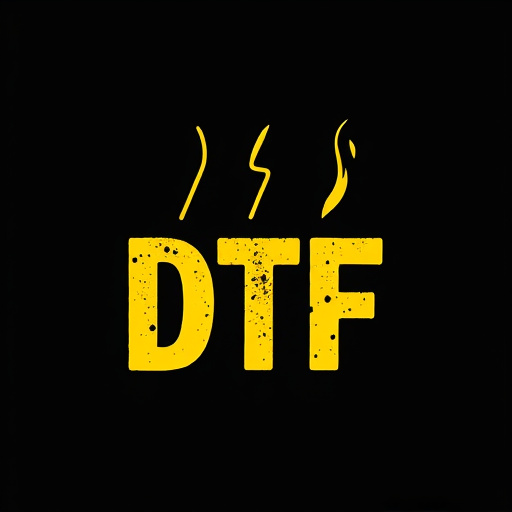
Expert Reviews and Customer Feedback: Making an Informed Decision
